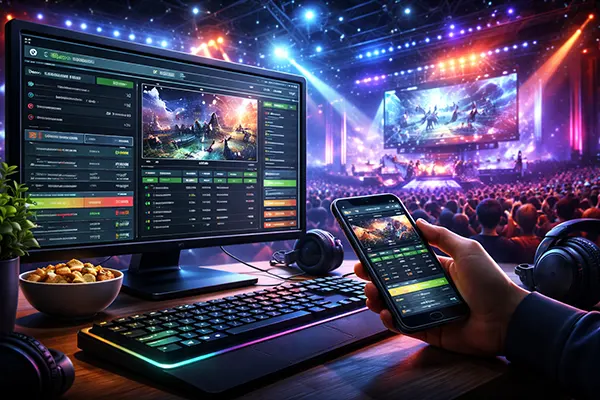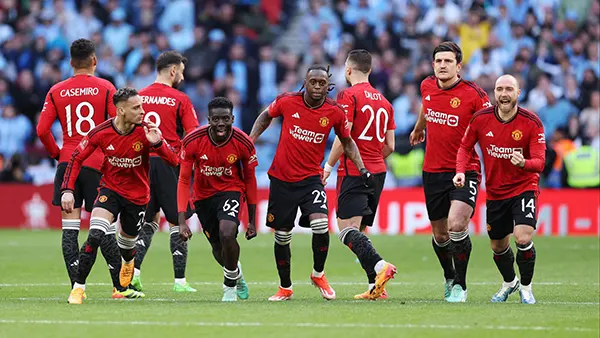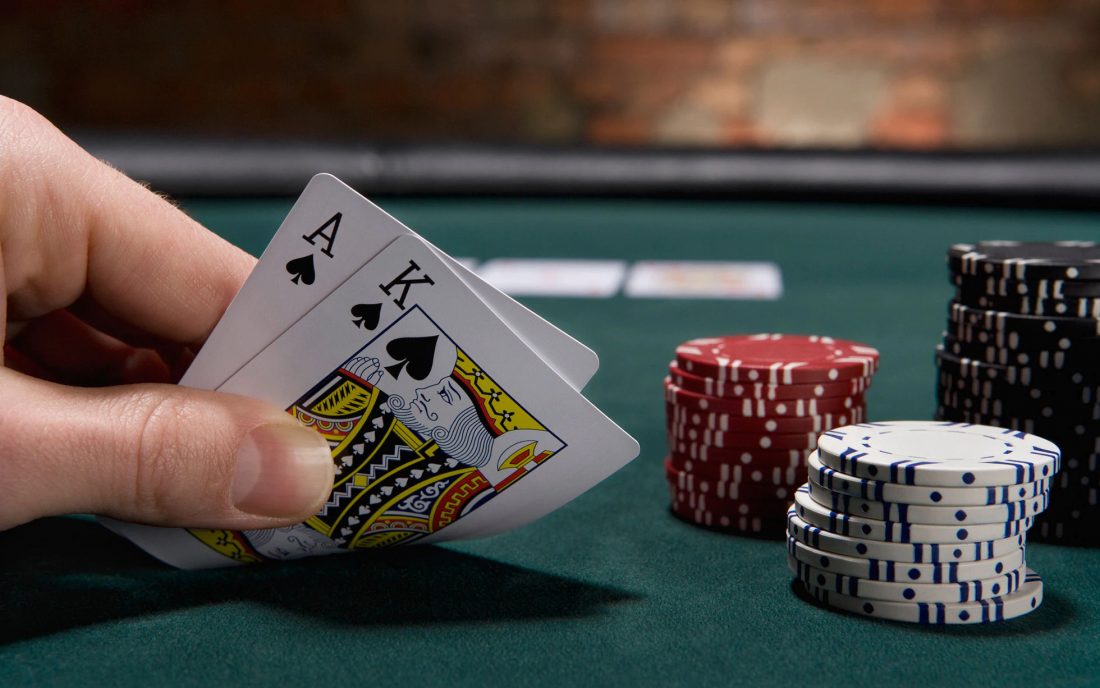Neuroscience and Poker: How the Brain Operates During High-Risk Decisions

Understanding the human brain in the context of high-risk decision-making reveals fascinating insights, especially when applied to games like poker. Poker, unlike many other forms of gaming, relies heavily on psychological resilience, cognitive flexibility, and behavioural prediction. In February 2025, advances in neuroscience have further deepened our understanding of what happens neurologically when players are under intense mental pressure, particularly in high-stakes environments.
Neural Mechanisms of Decision-Making in Poker
Modern neuroimaging tools such as fMRI and EEG have enabled scientists to map the specific brain regions activated during critical poker decisions. The prefrontal cortex, responsible for planning, impulse control, and strategic thinking, plays a central role. During intense gameplay, players engage in rapid evaluations of risk and reward, often balancing probability, opponent behaviour, and previous game patterns.
One of the most heavily involved brain areas is the anterior cingulate cortex (ACC). This region detects conflicts between competing choices and helps players adjust their strategies. When a player considers bluffing or suspects a bluff, the ACC lights up, signalling internal conflict or uncertainty. Such moments require calculated risk-taking and high cognitive control.
The amygdala, a key component of the brain’s emotional circuitry, also contributes. It governs fear and reward anticipation. In poker, heightened amygdala activity is linked to the emotional intensity of big bets or high-stakes moments. However, elite players often demonstrate lower amygdala reactivity, indicating emotional regulation skills essential for consistent success.
Cognitive Load and Executive Function in Gameplay
Playing poker professionally involves maintaining attention over long periods while processing incomplete information. This places a heavy load on working memory, a function managed by the dorsolateral prefrontal cortex (DLPFC). Expert players tend to activate this region more efficiently than novices, suggesting training enhances decision-related brain functions.
Executive functions, such as response inhibition and mental flexibility, allow players to fold strong hands when strategic context demands it. These skills are not only trained through practice but are also supported by robust neural networks that regulate impulse and reinforce long-term planning over short-term reward.
Research from 2025 confirms that long-term exposure to complex decision-making environments like poker can strengthen these networks, resulting in better real-life decision quality even outside the gaming context. This aligns with the broader concept of neuroplasticity — the brain’s ability to adapt and reorganise itself through experience.
Emotional Regulation and Risk Tolerance
In high-stakes poker, emotional control is as crucial as statistical knowledge. When the stakes rise, players must inhibit natural stress responses. The ventromedial prefrontal cortex (vmPFC) works alongside the amygdala to assess value and regulate affective responses, promoting rational decisions even under stress.
Some individuals naturally exhibit greater tolerance for uncertainty and ambiguity, a trait linked to differential activity in the insular cortex. This brain region interprets internal bodily states — such as a racing heart — and plays a part in the intuitive “gut feeling” that many experienced players rely upon during uncertain hands.
Elite poker players are often adept at recognising physiological cues without overreacting to them. Techniques like deep breathing, mindfulness, and biofeedback have become common tools for emotional control. Neuroscience supports their use: studies show such practices enhance functional connectivity between emotional and rational regions of the brain.
The Role of Dopamine and Reward Processing
Every decision in poker carries a reward expectation, which is closely monitored by the brain’s dopaminergic system. Dopamine, a neurotransmitter associated with pleasure and motivation, peaks when the brain anticipates a positive outcome. Winning a hand after a successful bluff can result in a rewarding dopamine spike, reinforcing risk-taking behaviour.
However, overreliance on reward-driven impulses can impair judgment. Poker players who chase losses often exhibit disrupted dopamine regulation similar to patterns observed in addiction. Therefore, maintaining balance between reward anticipation and strategic reasoning is key to sustainable poker success.
Interestingly, recent studies in 2025 have shown that dopamine levels fluctuate not only based on outcomes but also depending on perceived control. Players with higher feelings of agency — the belief that their decisions impact results — experience healthier reward system responses than those who attribute outcomes to chance.

Learning from Loss: The Neuroscience of Adaptation
Losing is an inherent part of poker, and how the brain responds to loss greatly affects long-term success. The orbitofrontal cortex (OFC) helps update beliefs and strategies after negative outcomes. Functional MRI scans reveal that successful players engage this region more actively after losses, integrating feedback constructively rather than emotionally.
This neural capacity for feedback-driven learning enables players to revise betting patterns, fold ranges, and reading strategies. Unlike emotional players who may tilt — a state of irrational play — adaptive players treat each hand as a learning opportunity, enhancing their future decision-making processes.
Moreover, the hippocampus, a structure central to memory consolidation, helps encode patterns and recognise recurring gameplay scenarios. This enables players to detect behavioural trends in opponents, even across multiple sessions or tournaments, which is vital for tactical edge.
Habit Formation and Mental Training
Just as athletes train their muscles, poker professionals engage in mental training to condition their brains. Repetitive play, review of hand histories, and simulation tools help form neural pathways that reinforce optimal decision-making under pressure. This is part of the habit loop formed by the basal ganglia, a structure deeply involved in routine behaviour.
Over time, these neural shortcuts can streamline decisions, reducing cognitive effort while maintaining performance. Nevertheless, players must guard against automation errors — relying too much on past patterns without reassessing the unique variables of each hand. Critical thinking must remain active despite habitual tendencies.
Neuroscience in 2025 recognises the importance of both deliberate practice and restorative rest. Sleep has been shown to aid in memory consolidation and emotional regulation, both of which are crucial for long-term success in strategic gaming like poker.




